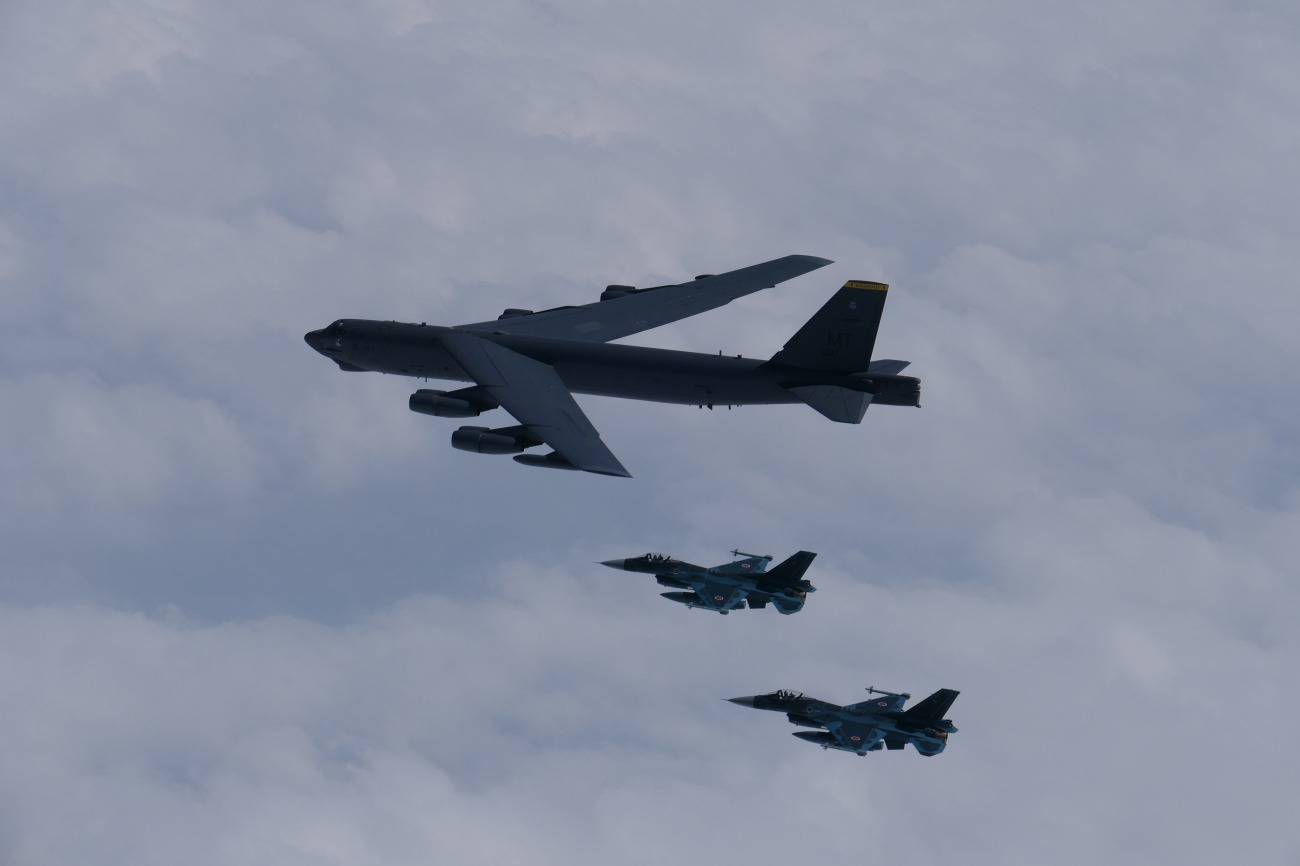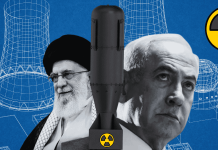Two U.S. Air Force B-52H Stratofortresses conducted the aircraft’s first-ever live weapons drop in Sweden on March 11 during Bomber Task Force mission VIKING NEBULA.
During the mission, two Swedish JAS 39 Gripens escorted the aircraft to the Vidsel Test Range, where they released GBU-38 joint direct attack munitions.
U.S. and Swedish Joint Terminal Attack Controllers provided ground support. The mission reinforced coordination between air and ground units, refining precision strike capabilities in a new, complex training environment.
The mission also included a low-formation flyover of the Swedish Parliament to celebrate the one-year anniversary of Sweden’s accession to NATO.
The B-52s and aircrew are currently deployed with the 69th Expeditionary Bomb Squadron at RAF Fairford, England, where they continue to execute operations alongside NATO Allies and partners across Europe, Africa, and the Middle East, bolstering collective lethality and improving integration.
B-52H Stratofortress
The Boeing B-52H Stratofortress is a Cold War-era bomber that continues to dominate modern battlefields. First flown in 1952, the B-52H variant—introduced in 1961—remains the backbone of the U.S. Air Force’s strategic bomber fleet.
Powered by eight Pratt & Whitney TF33 turbofan engines, the B-52H boasts a range of over 8,800 miles without refueling and can carry up to 70,000 pounds of ordnance, including nuclear and conventional bombs, missiles, and precision-guided munitions.
Its massive 185-foot wingspan and distinctive swept-wing design give it a menacing silhouette, while its ability to fly at subsonic speeds at altitudes up to 50,000 feet keeps it a formidable platform for long-range missions.
Originally designed to counter Soviet threats, it has evolved through decades of upgrades, integrating modern avionics, radar, and weapons systems like the AGM-158 JASSM (Joint Air-to-Surface Standoff Missile). The Air Force plans to keep the B-52H in service through the 2050s, with new Rolls-Royce F130 engines slated to replace its aging powerplants, ensuring it remains viable for a century of operation.

The B-52H has seen action in nearly every major U.S. conflict since the Vietnam War, from carpet bombing in Operation Linebacker II to precision strikes in Iraq and Afghanistan. Its psychological impact is undeniable—enemies know the “BUFF” (Big Ugly Fat Fellow) can deliver a devastating blow to adversaries.
Despite its age, the B-52H’s versatility, cost-effectiveness, and sheer durability keep it relevant in an era of stealth bombers and drones. As a multi-role platform, it supports nuclear deterrence, conventional strikes, and even maritime operations.
With 76 B-52Hs still in service as of 2023, this Cold War relic continues to haunt many of America’s foes like Russia and China.
GBU-38 JDAM
The GBU-38 Joint Direct Attack Munition (JDAM) exemplifies modern warfare’s shift toward precision and versatility. A member of the JDAM family, the GBU-38 transforms unguided “dumb” bombs into all-weather, GPS-guided smart munitions, delivering pinpoint accuracy at a fraction of the cost of other precision weapons.
Developed by Boeing and first deployed in 1999, the GBU-38 is built around the 500-pound Mk 84 or BLU-110 bomb body, fitted with a JDAM kit that includes a GPS/INS guidance system and aerodynamic tail fins.
This upgrade allows the bomb to strike targets within a 5-meter radius, even in adverse weather or at night, far surpassing the accuracy of free-fall bombs.
Launched from a variety of U.S. aircraft—such as the B-52H, F-16, and F-35—the GBU-38 can engage targets from up to 15 miles away, giving pilots flexibility and reducing exposure to enemy defenses.
Since its combat debut in the Kosovo War, the GBU-38 has become a workhorse in U.S. and allied arsenals, widely used in Iraq, Afghanistan, and Syria. Its compact size allows aircraft to carry multiple units—B-52s, for instance, can haul up to 51 GBU-38s—maximizing strike capacity.
The munition’s versatility also shines in its ability to hit fixed targets like bunkers or moving targets when paired with real-time targeting data.
Costing around $25,000 per kit, the GBU-38 offers a budget-friendly alternative to pricier standoff weapons while maintaining high effectiveness. Its reliability and adaptability have made it a go-to choice for close air support, infrastructure strikes, and counterterrorism missions.
As of 2023, over 400,000 JDAM kits had been produced, with the GBU-38 remaining a cornerstone of precision bombing.
- By ET Desk
- Mail us at editor (at) eurasintimes.com




